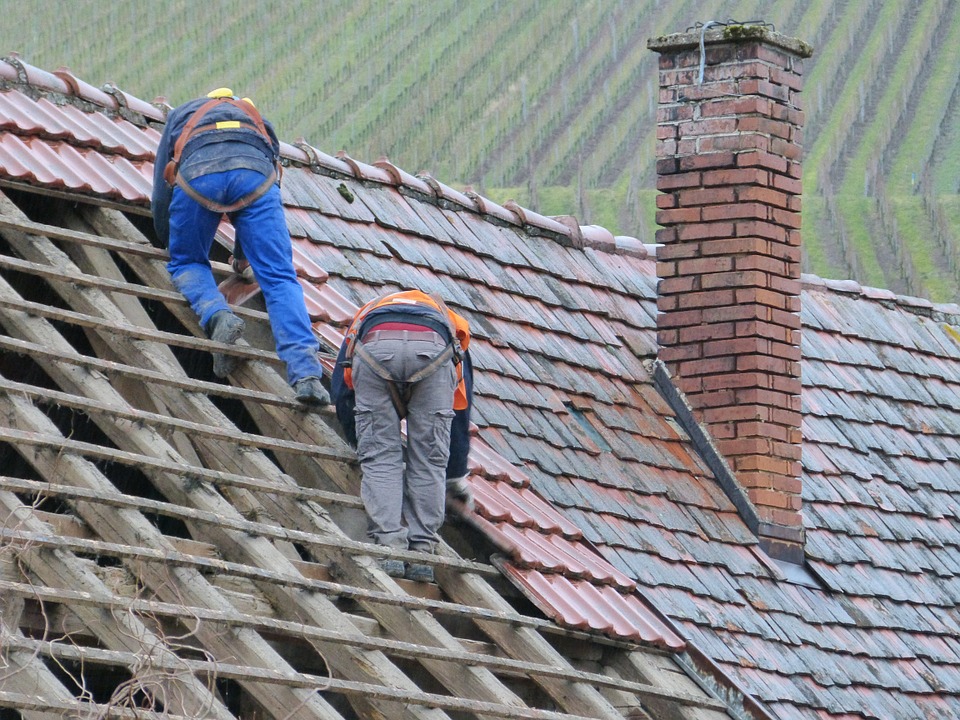Work with a reliable Sylvania Roofing Contractor to enhance the durability of your roof.
Work with a reliable Sylvania Roofing Contractor to enhance the durability of your roof.
Blog Article
Just How to Evaluate Different Roof Covering Options for Your Structure Demands
Reviewing roof covering options for your structure needs a thorough approach that takes into consideration various aspects such as the intended use of the structure, regional climate problems, and product qualities - Roofer. It is essential to consider the advantages and disadvantages of different roofing types, from asphalt shingles to metal and clay tiles, while also factoring in first prices and long-lasting upkeep.
Examining Your Building's Needs
To efficiently review roof covering alternatives, begin by thoroughly analyzing your building's needs. Beginning by taking into consideration the building's intended usage, as various structures might necessitate differing roof specs. Domestic roofing systems frequently prioritize aesthetics and insulation, while business structures might focus on durability and load-bearing ability.
Next, examine the local climate problems that will influence roof covering efficiency. Elements such as temperature level changes, precipitation degrees, and wind patterns can affect material selection and design. A roof that masters a pleasant climate may not carry out as well in locations susceptible to heavy snowfall or severe warm.
Additionally, examine the structural stability of your structure. Make sure that the existing framework can support the picked roofing materials, specifically if taking into consideration much heavier choices. It is likewise essential to examine any type of regional building ordinance or regulations that might dictate details needs for roof.

Comparing Roof Covering Materials
When a thorough assessment of your building's requirements has been completed, the next step includes comparing different roof covering materials. Each product supplies distinct advantages and drawbacks, making it crucial to straighten your choice with your specific needs and conditions.
Asphalt tiles are widely recognized for their affordability and ease of installment, making them a prominent option for residential buildings. On the other hand, steel roof covering, known for its sturdiness and longevity, can endure harsh weather condition conditions yet may come with a higher preliminary financial investment.
Clay and concrete ceramic tiles offer excellent thermal insulation and visual appeal, particularly for Mediterranean-style architecture, yet they call for an even more robust structural support because of their weight. Timber drinks offer a natural look and good insulation residential or commercial properties but might demand extra maintenance and are at risk to fire hazards.
Assessing Price and Budget Plan
Analyzing your roof covering options demands a cautious evaluation of price and budget considerations. The overall budget for a roof covering job comprises several aspects, including material prices, labor costs, upkeep, and prospective lasting savings. It is necessary to establish a clear budget plan before checking out specific roof products, as this will guide the decision-making process and assist you avoid overspending.
Begin by obtaining quotes from multiple contractors to recognize labor prices in your area. Ensure that these quotes include all necessary services, such as elimination of the old roof, installment, and any type of additional attributes, like insulation or air flow renovations - Perrysburg Roofer. Next, examine the price of different roofing products, taking right into account both first setup expenses and expected life-span

Comprehending Power Efficiency
Energy effectiveness plays an essential duty in the selection of roof covering products and systems, considerably influencing both power consumption and total convenience within a building. An appropriate roof covering can enhance thermal performance, decreasing the requirement for heating and cooling systems, which consequently decreases energy expenses and reduces environmental influence.
When reviewing roof covering options, consider products that mirror rather than soak up heat. Light or reflective roof covering items can considerably lower roof surface area temperature levels, causing lower energy use throughout warm months. Additionally, appropriate insulation and ventilation are her latest blog essential to enhance the energy efficiency of the whole roof. Insulation protects against heat transfer, while air flow reduces warmth buildup in the attic room.
An additional crucial variable is the roof's longevity and maintenance requirements. Resilient materials that need much less regular substitute add to lasting power financial savings. The power effectiveness of a roof system can likewise be examined through its conformity with well established sustainability scores such as ENERGY CELEBRITY or LEED.
Considering Aesthetic Charm
A roofing system's visual allure considerably influences the general look of a building, matching its architectural design and improving aesthetic allure. Roofing Contractor. When evaluating roof choices, it is necessary to consider exactly how the chosen product, color, and layout will harmonize with the existing structure and community. A properly designed roofing can raise also the easiest of buildings, transforming them into aesthetic prime focus
Various roof covering products provide different visual qualities. For instance, conventional roof shingles may evoke a timeless charm, while steel roofing can present a modern-day, streamlined look. In addition, the shade of the roof covering material plays a critical duty; lighter tones can make a building appear more large, while darker tones may develop a cozier atmosphere.
Additionally, architectural elements, such as dormers and eaves, can enhance the roofing's aesthetic effect. It is useful reference advisable to talk to specialist developers or designers to make certain the selected roof alternative straightens with the general style intent. Eventually, a roofing system needs to not just give functional benefits but likewise contribute favorably to the building's aesthetic, reflecting the proprietor's preference and the personality of the surrounding setting.
Conclusion

Report this page